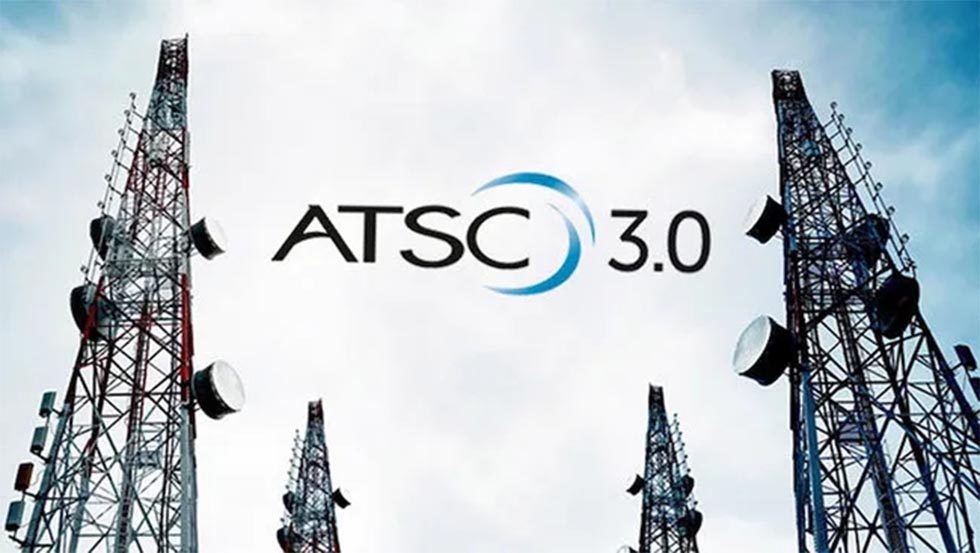Closed-Caption Recommendation OK’d by FCC Work Group
WASHINGTON: A Federal Communications Commission advisory panel work group has produced a policy recommendation urging that closed-caption data transferred from television broadcast formats to Internet protocol formats match.
The FCC’s Video Programming Access Advisory Committee Work Group 1 approved the policy recommendation after intense discussion over whether the recommendation should include content “authoring” in the language.
Vince Roberts of Disney ABC Cable Networks, work group chair, said, “We can’t make this an authoring requirement, it has to be a technical requirement. The slippery slope of authoring needs to be dealt with in a different forum.”
However, group member Lee Knife, who is with the Digital Media Association, said, “when we talk about de-coupling the authoring and what the performance standards are, that kind of undermines the whole ideal of it’s a standard that can be relied on by everyone in every step of the chain. While I agree, we should have ambitions about what the end user capabilities are, when we start to de-couple standards about what has to be delivered, as opposed to what has to be played, we’re undermining the idea of having a standard at all.”
During the discussion of the third version of the recommendation, Naomi Black of Google said, “I feel like we reached a point where we should just vote on a version and move on and have people register dissent. I fear we’re going to waste the rest of this afternoon on this one issue and still not reach consensus.” The approved recommendation says:
“The common baseline for caption formats used with video programming delivered over IP is that they must preserve the necessary semantic information to enable viewing tools to support the features that television decoders are required to support today in the FCC’s DTVCC R&O which is a subset of CEA-708.”
The statement refers to the FCC’s DTV Closed Captions Report and Order which was issued July 31, 2000, and amended Part 15 of the FCC Rules, adopting technical standards for the display of closed captions on digital television receivers. The Report and Order also clarified the compliance date for including closed captions in digital programming.
In addition, CEA-708 is the new standard for closed captioning for Advanced Television Systems Committee digital television streams—including both high definition and stand definition—in the United States and Canada. CEA-708 captions can appear in multiple fonts, sizes, colors, and styles. Work Group 1 labored over the language of the statement with members saying the slightest changes would “switch” the statement “from being a requirement for minimum functionality in the receiving device; to a minimum requirement for what content must be delivered in the captioning.”
Larry Goldberg, a work group member who is with WGBH National Center on Accessible Media said the statement the work group has to draft “is a TV decoder requirement, not an (content) authoring requirement, and what we’re talking about as the common minimum is not necessarily what the author does, but what the player does.”
However, Black said, “We need to start somewhere. I don’t think this is the whole picture, but this is a step along everyone agreeing on the entire picture. If we can agree on the first piece of the process, we may be able to make headway.”
In December 2010, FCC Chairman Julius Genachowski established the VPAAC to develop recommendations on close captioning of Internet programming previously captioned on television. In addition, Work Group 1 is tasked with identifying protocols, technical capabilities and technical procedures needed to encode, transport, receive and render closed captioning of video programming delivered using Internet protocol.
-- J.J. Smith, Government Video
Get the TV Tech Newsletter
The professional video industry's #1 source for news, trends and product and tech information. Sign up below.
